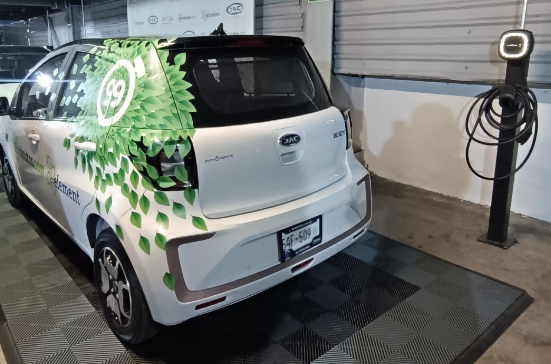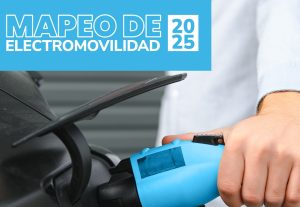Element Fleet, in the great race for the transformation to electromobility, presents a report on the importance of hybrid vehicles, an innovative solution that combines fuel efficiency and facilitates the transition to environmentally friendly mobility.
Element Fleet explores how hybrid vehicles are revolutionizing the fleet management industry, offering an optimal balance between performance and ecological responsibility.
The brand highlights the advantages these vehicles offer not only in terms of performance and cost savings, but also in their contribution to a greener, more sustainable future.

Read also: Element Fleet, Hitachi Energy, Heineken and Samsara Present Range of Fleet Management Solutions
Hybrid Vehicles
Hybrid vehicles represent an innovative combination of internal combustion engine technologies. The units use electricity to propel themselves, enabling them to offer greater fuel efficiency and reduce pollutant gas emissions.
“The heart of a hybrid vehicle is its dual-engine system, which is composed of a traditional combustion engine and one or more electric motors powered by rechargeable batteries,” the Element Fleet report highlights.
For companies looking to optimize their fleet operations while maintaining a commitment to the environment, hybrid vehicles are an ideal choice.
This strategic choice offers multiple benefits that align perfectly with corporate goals of efficiency, sustainability and social responsibility.
Key Components of Hybrid Vehicles
Element Fleet explains that hybrid vehicles combine traditional and advanced technologies to deliver efficient and sustainable performance.
• Internal combustion engine: Although smaller than in conventional vehicles, the combustion engine in a hybrid vehicle remains an essential component. It is designed to be efficient and work in conjunction with the electric motor.
• Electric motor: This motor is essential in hybrid vehicles. It functions as both engine and generator; it can propel the vehicle on its own or in combination with the combustion engine, and also generates electricity to recharge the batteries during regenerative braking.
• Batteries: The batteries in a hybrid vehicle store the electrical energy needed to power the electric motor. They are rechargeable and are charged by the combustion engine and the regenerative braking system.
• Transmission: The transmission in hybrid vehicles can be similar to that of conventional vehicles, but is often adapted to better integrate with dual propulsion systems.
• Regenerative braking system: This system is one of the most innovative features of hybrid vehicles. During braking, instead of losing kinetic energy as heat, the system converts it into electrical energy, which is used to recharge the batteries.
Other aspects include the inverter/converter, electronic control system, energy converter, among others.
The integration of hybrid vehicles in corporate fleets has become a key solution to achieve efficiency and sustainability.
For Element Fleet, these innovative vehicles offer a unique combination of advantages that go beyond simple fuel savings. From reducing carbon footprint to optimizing operational performance, hybrid vehicles represent a smart investment toward a greener, more economically sustainable future.




